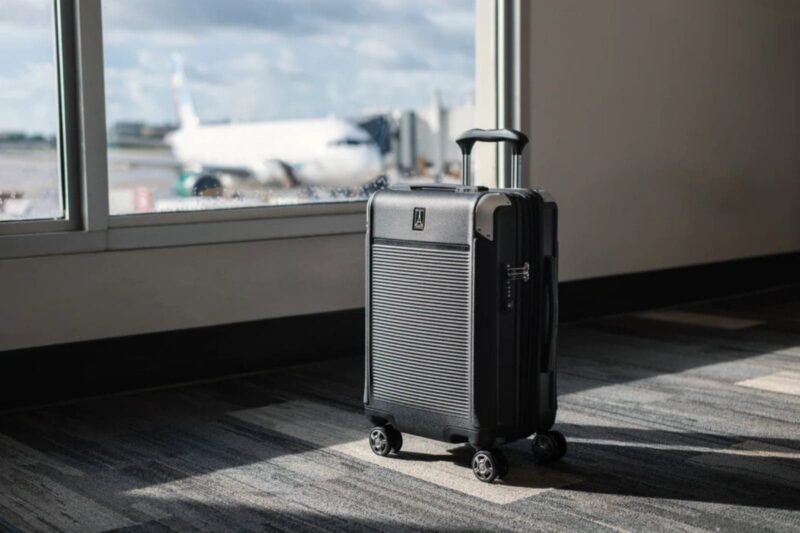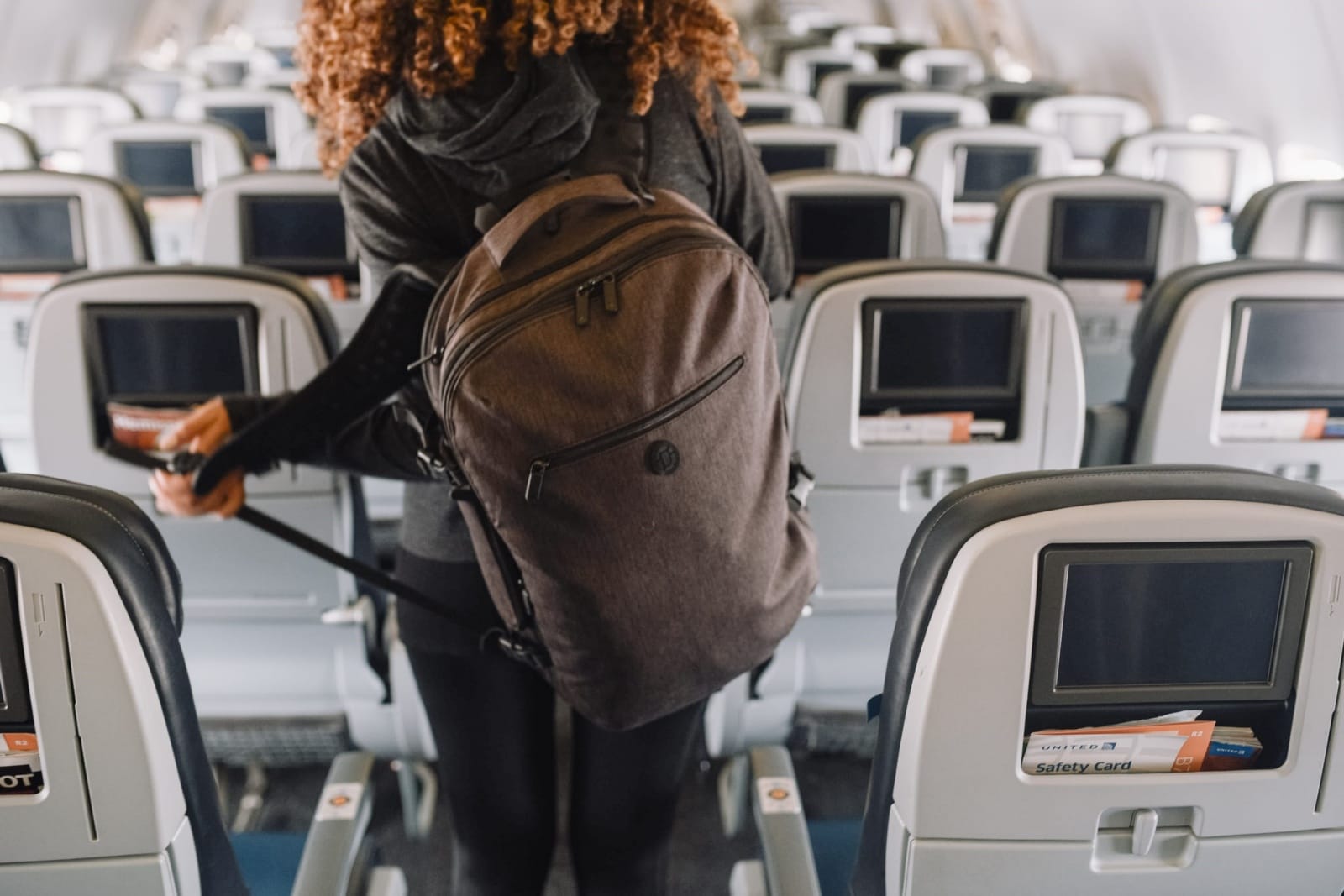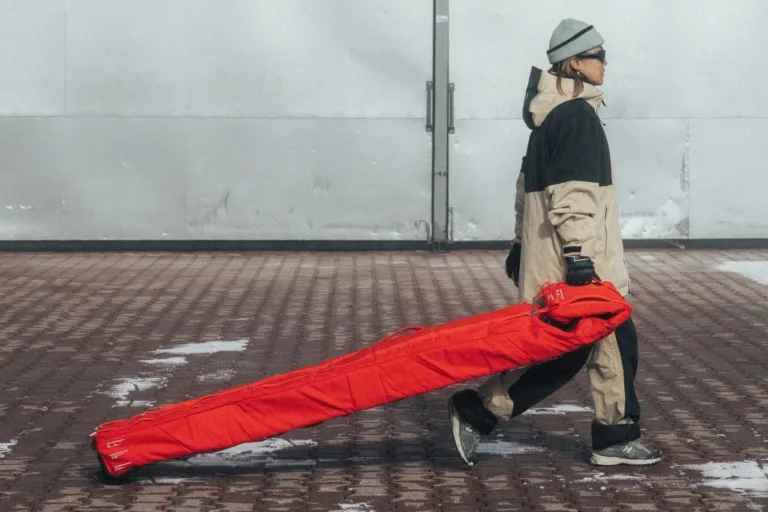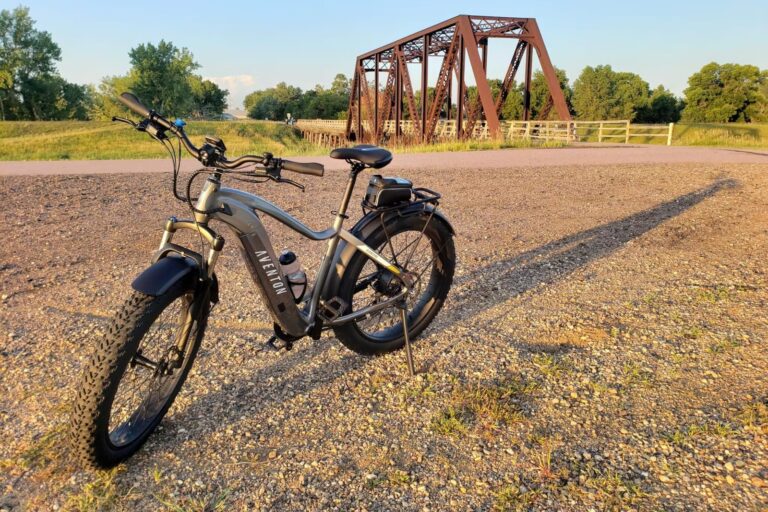Is a Backpack a Personal Item?
[ad_1]
If you’re preparing to travel by air, you may be wondering, is a backpack a personal item? With many airlines charging exorbitant fees for checked, and even carry-on luggage, it can be appealing to save some cash by traveling with just a personal item. So, does a backpack count?
The short answer is yes—backpacks can qualify as a personal item as long as it fits the size limits. Airlines set their own requirements and size limitations for what constitutes personal items versus carry-on luggage.
This guide will unpack carry-on and personal item size limits so you can find out if your backpack counts. I’ll also give some tips for packing a personal item like a pro.
Carry-on Luggage Size Limits
If your backpack is too large to fit under the seat in front of you, it may be counted as a carry-on item instead of a personal item. Most airlines allow passengers to bring one carry-on bag, such as hand luggage or a duffel bag, to stow in the overhead bin (though some budget airlines charge a fee for a carry-on)
Backpacks come in a range of sizes and styles, from minimalist packable backpacks to larger hiking backpacks capable of carrying multiple days’ worth of gear and supplies. To ensure your backpack fits in the overhead compartment, consult the size restrictions for these ten major airlines below.
- Alaska Airlines: 22 x 14 x 9 inches (56 x 35.5 x 23 cm)
- Allegiant Air: 22 x 16 x 10 inches (55 x 40 x 25 cm)
- American Airlines: 22 x 14 x 9 inches (56 x 35.5 x 23 cm)
- Delta Airlines: 22 x 14 x 9 inches (56 x 35.5 x 23 cm), weight restriction of 15-22 lb. applies at select airports in Asia.
- Frontier Airlines: 24 x 16 x 10 inches (61 x 46 x 25 cm), 35 lb. max
- Hawaiian Airlines: 22 x 14 x 9 inches (56 x 35.5 x 23 cm), 25 lb. max
- JetBlue Airways: 22 x 14 x 9 inches (56 x 35.5 x 23 cm)
- Southwest Airlines: 24 x 16 x 10 inches (61 x 46 x 25 cm)
- Spirit Airlines: 22 x 18 x 10 (56 x 46 x 25 cm)
- United Airlines: 22 x 14 x 9 (56 x 35.5 x 23 cm)
Frontier and Southwest—both popular budget airlines—have the most generous size restrictions for carry-on items. Note that Frontier includes a 35 lb. weight requirement in addition to the maximum dimensions of 24 x 16 x 10 inches.
Personal Item Size Limits
Personal items, such as a laptop bag, small handbag, diaper bag, or small backpack generally have more compact size limitations than carry-on bags. Airline size requirements vary, with some only specifying that personal items must fit under the seat in front of you.
If your backpack is within the size dimensions for the major airlines below, your backpack can be considered a personal item.
- Alaska Airlines: Personal item must fit under the seat in front of you
- Allegiant: 18 x 14 x 8 inches (45 x 35 x 20 cm)
- American Airlines: 18 x 14 x 8 inches (45 x 35 x 20 cm)
- Delta Air Lines: Personal item fit under the seat in front of you.
- Frontier: 18 x 14 x 8 inches (45 x 35 x 20 cm)
- Hawaiian: Personal item must fit under the seat in front of you
- JetBlue: 17 x 13 x 8 inches (43 x 33 x 20 cm)
- Southwest Airlines: 16.25 x 13.5 x 8 inches (41 x 34 x 20 cm)
- Spirit Airlines: 18 x 14 x 8 inches (45 x 35 x 20 cm)
- United Airlines: 17 x 10 x 9 inches (43 x 25 x 22 cm)
The personal item size restrictions are fairly similar across all the airlines. If you’re packing a backpack as your one personal item, Allegiant, American, Frontier, and Spirit allow slightly larger backpacks to be stowed under the seat in front of you.
Using a Backpack as Your Personal Item
Traveling with a backpack as your personal item is a great choice that makes it easy to keep all your essentials at hand during your flight. I’ve flown many times while packing everything in my personal item backpack with no other bags.
Most backpacks are considered personal items if they meet an airline’s size requirements. And a backpack can make a great alternative to a laptop bag, purse, or diaper bag for your personal item. If you’re in the market for a personal item backpack, a laptop backpack or other small backpack could fit the bill. If using a backpack as your personal item, it’s good practice to keep all the essentials you’ll need during the flight, such as headphones, mobile devices, snacks, and valuables like your wallet, passport, and health insurance cards. Having a separate pocket or two is helpful for keeping your backpack organized, especially if it’s your primary bag. When packing your backpack, try to locate heavier items like laptops, tablets, or books near your back to reduce strain and better distribute the weight.
Still, there’s limited space when traveling with small backpacks or a laptop backpack. Take note that the following items can be brought on a plane without counting as personal items or carry-on bag:
- Food containers or drinks purchased at the airport
- Coat, jacket, umbrella, or hat
- Travel pillow or blanket
- Medical or mobility devices (e.g., cane or walker)
- Pet carrier
- Duty-free purchases
If you have any doubts about what you may or may not be allowed to bring, check the TSA’s security screening list to confirm and get peace of mind ahead of your trip.
Personal Items in Basic Economy
Booking a flight is not always as simple as choosing between first class, business class, or economy class. For example, United Airlines has three different fare types within economy: basic economy, economy, and economy plus. Meanwhile, Southwest uses its own terminology to distinguish its four fare types: Wanna Get Away, Wanna Get Away+, Anytime, and Business Select.
Generally speaking, flying basic economy yields the cheapest fare. But basic economy tickets may not include some of the same perks as other fare types. For instance, you may be charged additional fees for carry-ons and checked bags.
United’s basic economy fare only grants a personal item, limiting travelers to one bag that must fit in the seat in front of them. Additionally, Blue Basic tickets on JetBlue only allow a personal item. If you board with a backpack or hand luggage that doesn’t fit under the seat in front of you, it needs to be checked, which comes with a fee.
Situations like this are a great time to travel with just a backpack that is small enough to be considered a personal item. This way you don’t have to pay the fees to check
Other airlines, like American Airlines, let passengers flying basic economy board with one carry-on and one personal item. Keep in mind that passengers with this fare type are usually in the last boarding group, meaning there’s a greater risk of the plane running out of space for overhead bin items. Thus, choosing a backpack considered to be a personal item will ensure your belongings won’t require gate checking or extra charges.
Bringing a Backpack AND a Carry-On Bag

Many airlines, including some outlined above, allow travelers to bring both carry-ons and personal items. If you’re using a backpack as your personal item, packing another carry-on can be a good strategy to avoid potential checked luggage fees and waiting at baggage claim.
If you’re bringing a backpack as a personal item, there are plenty of options for what second bag you take on the plane as your carry-on luggage.
Aside from standard carry-on luggage, a camera bag or duffel bag could qualify as a carry-on if they meet an airline’s size limits. Those traveling with a family member or kids may opt for diaper bags or child safety seats in addition to a small backpack.
Using packing cubes is an effective way to organize your carry-on bag (and checked luggage too). Designating each packing cube for a different category of items (e.g., one for pants, another for socks and underwear, etc.) can reduce the risk of overpacking while keeping your clean and dirty clothes separate during your travels. Packing cubes come in a range of sizes, and it can take some experimenting to figure out the ideal dimensions and number of cubes for your carry-on or personal item.
FAQs
What size backpack is a personal item?
For most airlines, a backpack is considered a personal item if it fits under the seat in front of you.
What size backpack will fit under airplane seat?
For a personal item backpack, choose one with dimensions of 17 x 12 x 9 inches or less to be safe.
Can a backpack count as a carry-on?
You can bring a backpack as your carry-on if it fits the size requirements of the airline.
Do airlines check personal item size?
Airlines may check the size of personal items brought on board the plane to be sure they will fit.
What happens if my personal item is too big?
If a personal item can’t fit under the seat, it will need to be put in an overhead bin or checked.
[ad_2]
Source link


![Backpack Statistics [2024]: Consumer, Product & Growth Data](https://fastsecuretravels.com/wp-content/uploads/2024/03/peak-design-everyday-1200x800-768x512.jpg)




